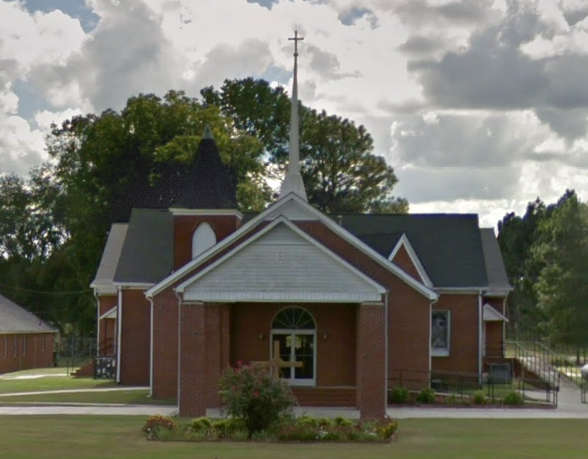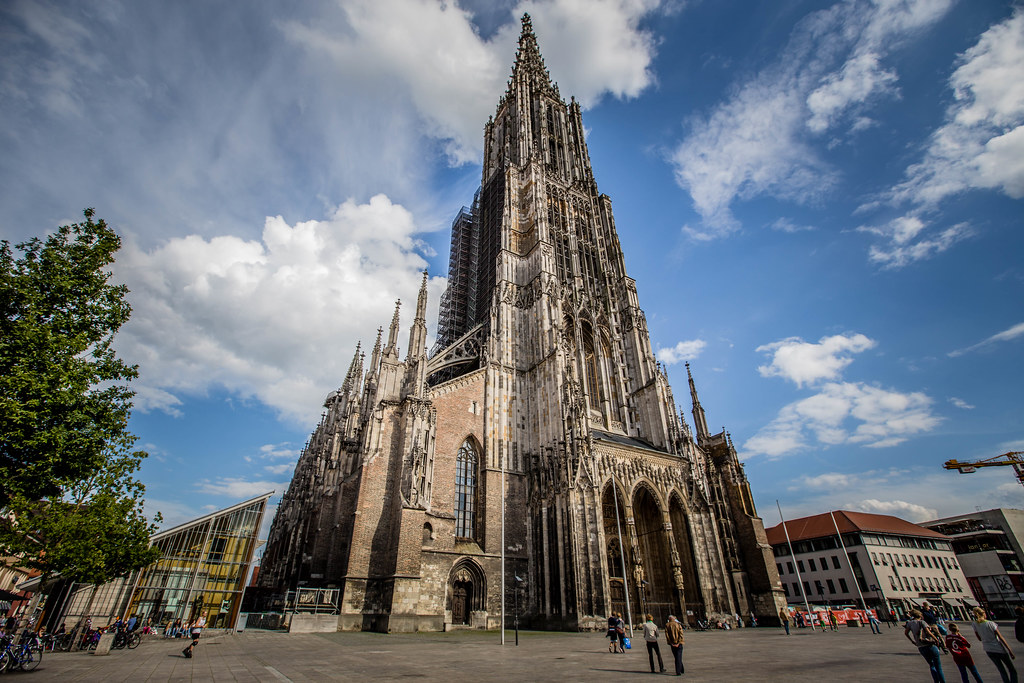What Does A Church Steeple Represent?

Since Constantine’s conversion and declaration declaring Christianity the official religion of his state, church buildings have had steeples or pointed roofs. On the other hand, Steeples may be traced back to multiple distinct traditions. Steeples became helpful as the home for church bells throughout the Middle Ages, but became more of a symbol afterwards.
Most churches had steeples with bells by the 15th century, which rang on the hour and to notify religious festivities and holidays. The spire made the journey to America with the settlers. The spire there, too, contained bells and was one of the few ornaments on church structures in early American religious activity that was not destroyed for the sake of plainness.
Many Christians are aware of the church’s symbolism and how it evolved from other earlier religions, but few are aware of the historical reality underlying such symbols. According to these proponents, the steeple was invented in the Middle Ages to ward off Viking attacks in the British Isles; Abbe Suger, who transformed Saint-Denis in Paris, was commanded to construct steeples by a holy messenger; or steeples live to raise a cross higher than any other edifice in a city or town. According to historian Sarah Crewe, none of these legends are true.
In this post, we will be witnessing some facts about steeple, why it is called so, whether all churched have to steeple, and lastly, what are the differences between spire and steeple on a church. Let’s get started then.
Why Is It Called A Steeple?
A steeple is an elongated tower on a structure that is topped by a spire and frequently includes a belfry and other architectural features. Steeples are commonly found in Christian churches and cathedrals, and the phrase is typically used to refer to a religious construction. They might be standalone buildings or integrated into the building’s entryway or core.
Christian churches did not have towers until around AD 600 when they were modified from military watchtowers. Initially, these were simple buildings that stood apart from churches, and they were gradually incorporated into the church structure and topped with more complex roofs until the steeple emerged.
Towers are a prevalent feature of religious architecture across the world, and they are often regarded as attempts to reach upwards in search of the holy.
Significant wooden structural components are placed like tent poles and reinforced diagonally inside with both wood and steel in certain wooden steeples. The steeple is then coated with wooden boards, with slate tiles affixed to the boards and copper covering gaps where the slate would not cover.
Connect with a Project Specialist Today!
Do All Church Buildings Have A Steeple?
Steeples are typically found on Christian buildings because they add to their lines and produce an attractive impression. According to legend, the form and design were constructed to naturally attract attention and draw the gaze upward, creating a sense of spirituality and religious contemplation.
The steeple additionally distinguishes the tower from the neighboring structures. For three reasons, this was crucial. Initially, it was thought that the steeple might be utilized to assist people in telling time by observing the sun’s position. Second, it would contain the bells and guarantee that they were elevated above nearby structures, allowing the sound to go further without being impeded. Finally, because of the structure’s height, people would notice it and know where to go to worship, even if they were unfamiliar with the region.

When Were Church Steeples First Used?
In Europe, church steeples have been around since the seventeenth century. As immigrants moved to America, they brought church architects with them, who began constructing churches as enormous cathedrals with tall steeples.
The steeples served other purposes. There were oversized clocks in several of them and bells in others. Reliable clocks were extremely scarce and expensive in the early days. It was difficult to announce the start of the church service since most people used the sun and its shadow to tell the time. As a result, churches would ring their bells to notify the meeting’s start time. The steeple had to stand above all other structures in town so that the ringing of the bells could be heard.
Tall steeples were also thought to keep evil spirits out of church structures, which many Christians believed haunted them. Even steep roofs pointed steeples, and gargoyles were erected in large numbers to churches by parishioners trying to ward off evil spirits.
Looking For a Steeple? Contact Us!
Connect with a Project Specialist Today!
What IS THE DIFFERENCE BETWEEN A STEEPLE AND A SPIRE ON A CHURCH?
A spire is a tall, thin, pointed structure that rises from the top of a roof or tower, often at the top of church steeples. A spire might have a square, circular, or polygonal layout with a roughly conical or pyramidal shape. Spires are often made of stone or brickwork or wood with metal cladding, ceramic tiling, shingles, or slates on the outside.
Whereas a steeple is a tall building surmounting a church tower, generally with a tiny spire at the top. These are pretty popular in churches and Christian towers as they resemble religious symbols. Earthquakes can cause damage to steeples. A handful of Romanian churches have exceptionally thin steeples, and earthquakes have destroyed more than half of them. Due to their height, steeples are susceptible to lightning, which can spark fires within them. For example, Holy Trinity Catholic Church in Luxemburg, Iowa, lost its spire in a fire thought to have been lit by a lightning strike.



